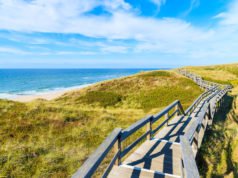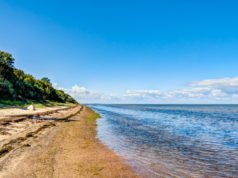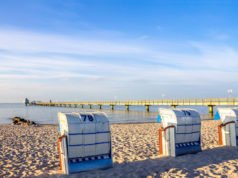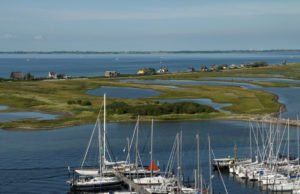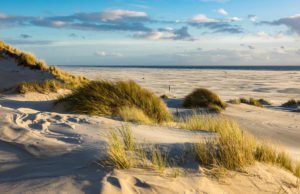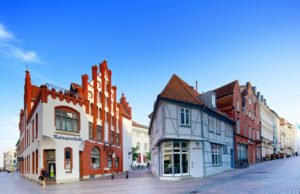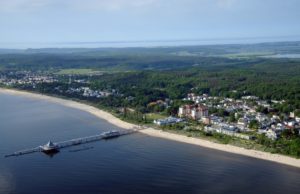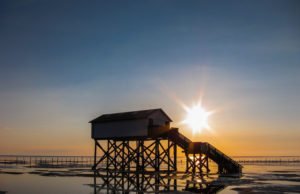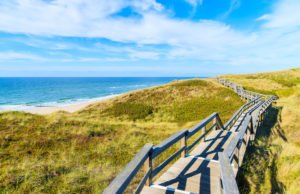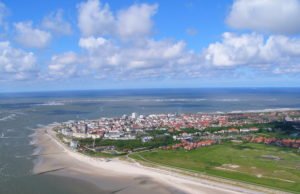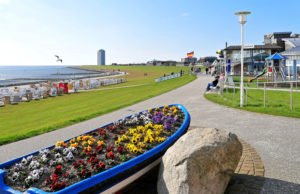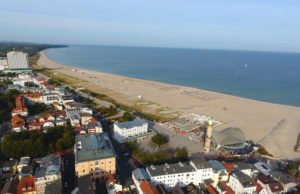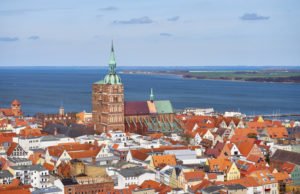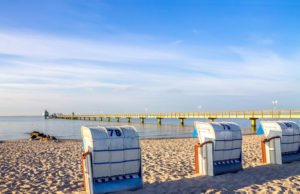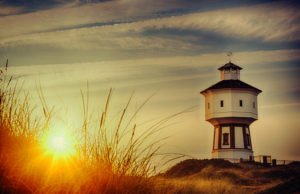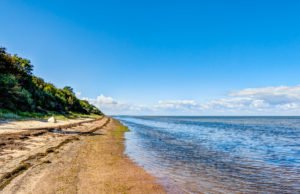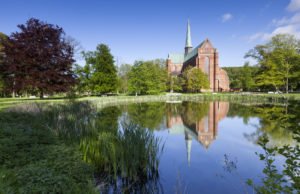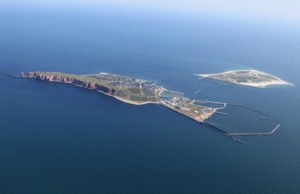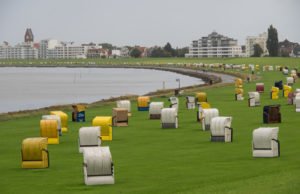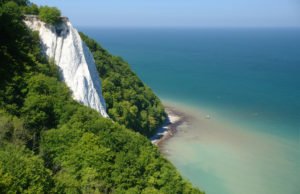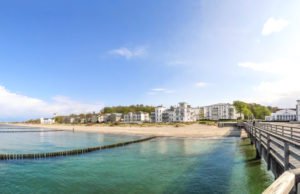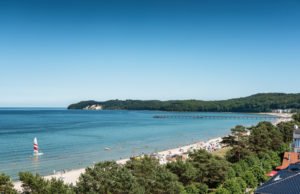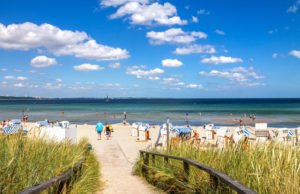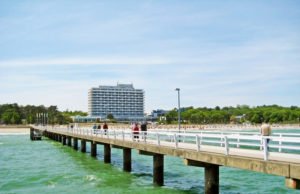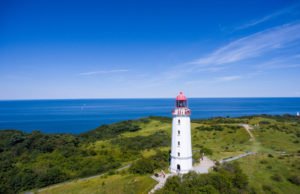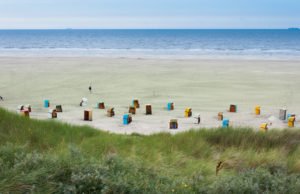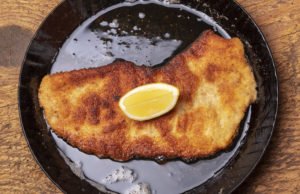The North Sea region is one of Germany’s best kept secrets. While the area’s wonderful treasures are well known among locals, few foreign tourist venture into the North Sea, but those who do are rewarded with the experience of a lifetime. Tucked away in the north western corner of the country, this vast region is a dream come true for lovers of nature, adventure, and open spaces. The North Sea region is dotted with picture-perfect fine sand beaches, extensive wetlands and mudflats, and charming towns and villages. The natural beauty of this area is complemented by a relaxing and welcoming atmosphere, an impressive range of culinary delights, and a superb accommodation offer. The unspoilt beauty and low-key atmosphere of the North Sea never fails to make a lasting impression on visitors, so if you choose to visit the region, you may fall in love with it too!
Most important North Sea islands
Sylt

Föhr

Amrum

Pellworm

Hallig Hooge

Heligoland
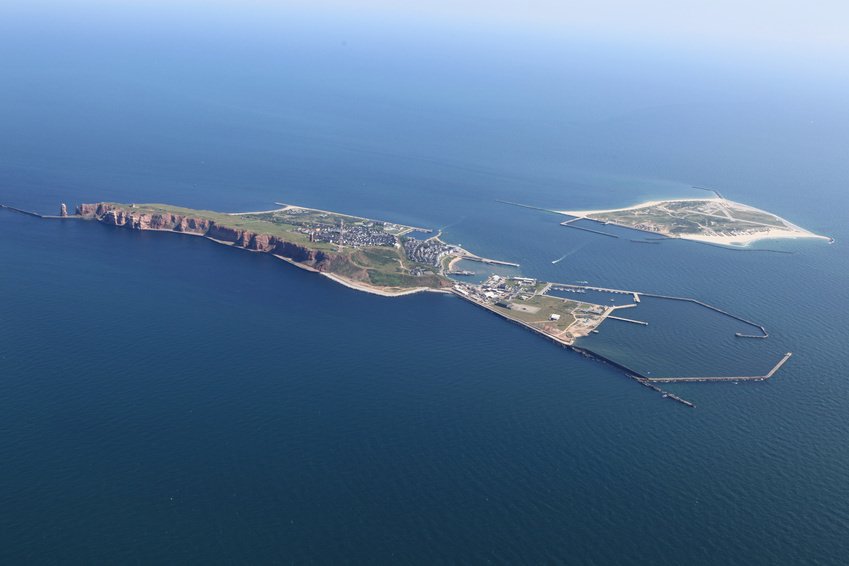
Wangerooge

Spiekeroog

Langeoog

Baltrum

Norderney
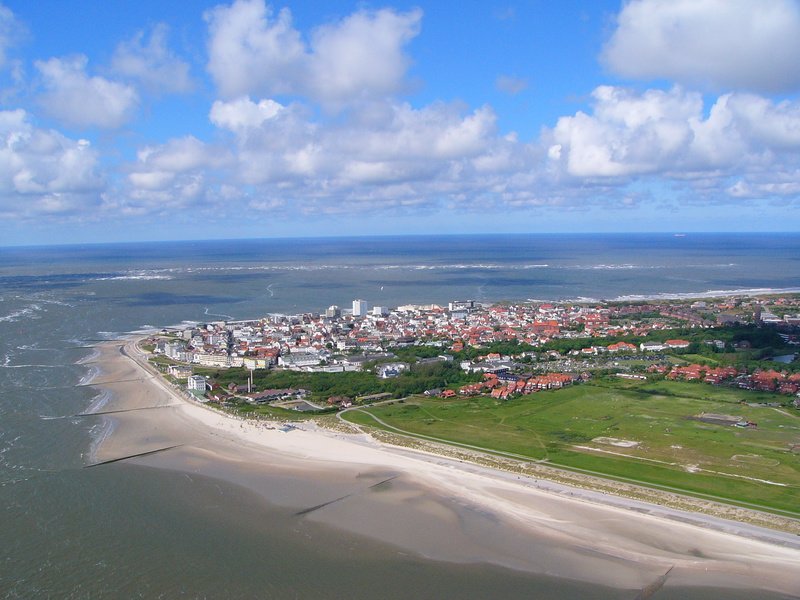
Juist

Borkum

Lovely villages and cities at Germany’s North Sea Coast
Greetsiel

Neuharlingersiel

Büsum
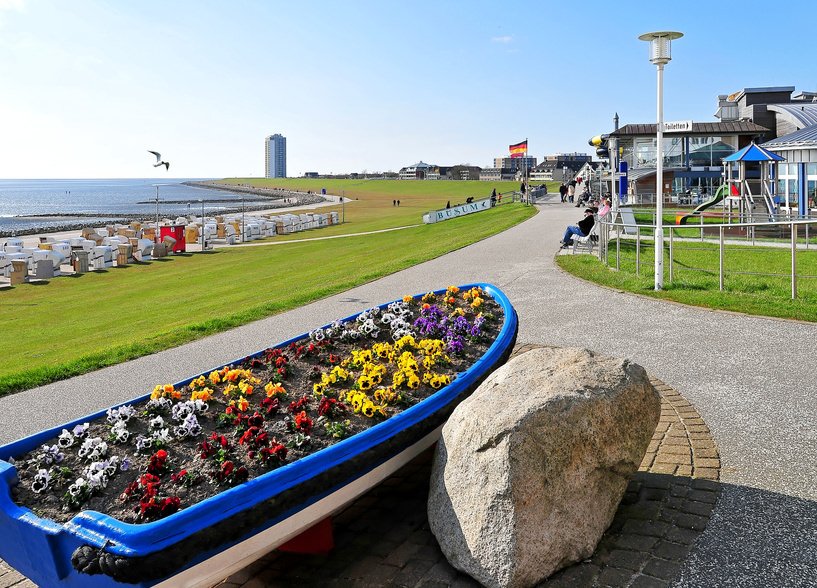
St. Peter Ording
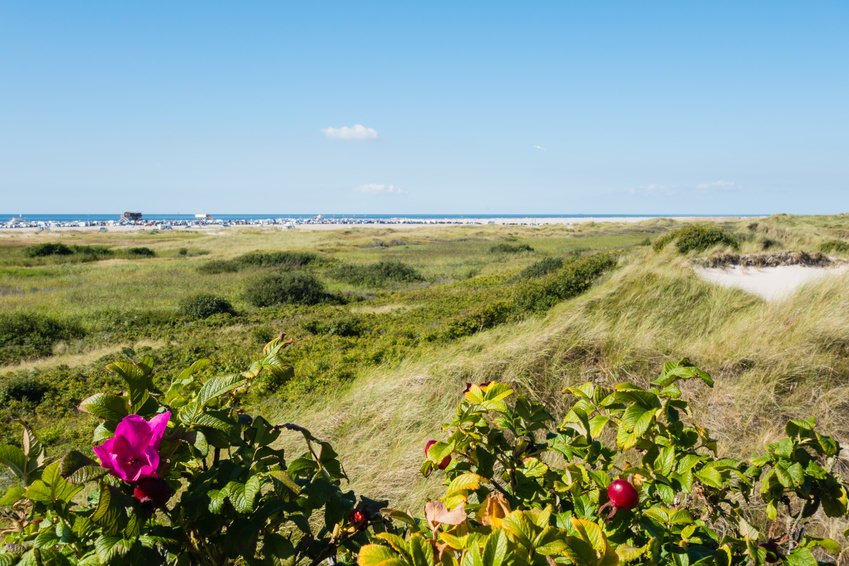
Husum

When To Visit
The North Sea region has an oceanic climate characterised by mild summers and wet winters. If you are looking to enjoy the islands and beaches of the North Sea, the summer is the best time to visit. Between May and September, daytime temperatures stay at a pleasant 15 to 20°C. However, if you are the kind of traveller who enjoys solitude and are not afraid of the rain, the winter may be the ideal season to visit the North Sea. At this time of the year, daytime temperatures hover around 8°C and daily rainfall is not uncommon, but the rain and fog only add to the magical beauty of the North Sea’s landscapes.
Getting There And Around
The cities of Hamburg and Bremen are the main gateways to the North Sea. The majority of destinations in the North Sea are within 1 to 2 hours from Hamburg airport, which serves national and international destinations. Bremen airport is slightly further away, but it may be an alternative option given that it has links with cities in Germany, France, Spain, Belgium, Netherlands, and the United Kingdom.
Having your own wheels is the best way of exploring the North Sea. Rental vehicles are available at every German airport and those close to the North Sea are no exception. From Hamburg or Bremen, follow the A7 road and then drive towards the coast following the A23. After that, there are plenty of secondary roads that will take you to the most scenic corners of the North Sea.
If you prefer not to drive, make your way to Hamburg and take one of the trains and buses heading North. There’s a railway line that stays closer to the coast via regional and intercity trains. Popular stops along this line include Husum, Dagebull and Niebull. You can also take a train to Flensburg and continue your journey to the coast by bus, or take the train from Hamburg to the island of Sylt.
Ferries link the mainland towns of Dagebull, Schluttsiel, Busum, and the Nordstrand peninsula with the islands of the North Sea. There are also inter-island ferries, which are perfect for island-hopping.
What To See And Do
The North Sea region is located within Schleswig-Holstein and Lower Saxony states. Through history, Romans and Saxons left their imprint on the local towns and villages, and for centuries this region was an important crossroads for merchants from all over Europe. Today, the North Sea is a sparsely populated region whose lowlands, rolling hills, and magnificent coastline lend themselves to leisurely exploration. Some of the main sights in the region include:
- UNESCO World Heritage Sites: the Hallig Islands Biosphere Reserve, a prime destination within Wadden Sea, an 11,000 square kilometre area that is also home to the impressive Schleswig – Holstein National Park.
- Towns, cities, and villages: Kiel, which offers easy access to shopping and entertainment; Flensburg, a convenient base that offers all amenities and several cultural attractions like an interactive Science Museum and the Shipyard Museum; Itzehoe, a charming town on the banks of the Elba River; Husum, a small town dotted with winding little alleys and traditional Frisian architecture; and the fishing village of Holm.
- Islands and Beaches: Langeoog, Juist, Borkum, and Baltrum. The top mainland beaches are in Sankt Peter Ording and Reussenkoge.
- Wetlands and national parks: enjoy bird and wildlife watching in the island of Amrum, the salt marshes of Pellworm and Ockholmer Koog, and in Friedrichskoog.
- Wellness: indulge in first-class thalassotherapy and spa treatments in Heligoland, Sylt, and Husum.
Events
The local culture in North Sea communities has a clear German and Scandinavian influence. Music and gastronomic festivals are common in the area, especially during the summer months. Below is a list of the top events in the North Sea:
- Schleswig – Holstein Music Festival, one of Germany’s most renowned music events, often held in July – August.
- Krokusblütenfest in Husum, an interesting weekend-long event usually held in March, where you can admire the beauty of purple flower blossoms, sample local delicacies, and enjoy live music.
- Baltic Open Air, a summer event held in Schleswig every August, and a must for every heavy metal and rock music enthusiast.
- Dithmarscher Kohltage, an autumn festival celebrated in recognition of the outstanding quality of the local cabbage production. Drop by the many stalls to try creative cabbage dishes and follow up with a visit to the local artisan workshops.
- Viking Day in Schleswig, a celebration of the region’s heritage where you can witness impressive performances that will take you back in time. Usually held in August.
- The Christmas markets in Flensburg, Itzehoe, and Husum.

Where To Stay
Accommodation in the North Sea offers excellent quality standards. Three-star hotel rooms can be booked for around 100€, whereas four-star accommodation ranges between 130€ and 160€ depending on the season. In the islands, accommodation is slightly more expensive, especially in places like Sylt, which is home to many high-end establishments, including 5-star hotels where nightly rates can be as high as 300€. But the islands of the North Sea are also known for offering traditional hospitality in thatched cottages, a mid-range option that offers all the amenities of a holiday rental for approximately 150€ / night. More affordable options are usually available in the mainland, and particularly in the Eiderstedt peninsula.
For travellers on a budget or those who want to get close to nature, camping is a fantastic alternative. There are over 100 camping sites in the region, both in the mainland and in the islands. Although the prices vary depending on location and season, it is possible to rent a caravan for approximately 35€ / day or a basic tent pitch for 20€.
Tip: Accommodation tends to get booked up during German school holidays (late July to early September), since the North Sea is a popular destination for German families looking to take a break from the city. Make sure you book in advance if you plan on travelling during this time of the year.
Local Gastronomy
German, Danish, and Dutch culinary influences converge in the traditional cuisine of the North Sea. Local dishes are often filling and warming, and typically feature ingredients like pork, potatoes, cabbage, swede, and other root vegetables. In terms of flavour, the local gastronomy is known for being predominantly sweet and sour: caramelised fruit and vegetables are often served with meat, and fish dishes often feature a sweet touch provided by dried fruit. Some tasty specialties that you may want to try include:
- Birnen, Bohnen und Speck, a tasty stew made with pears, green beans, and bacon.
- Nordsee Muscheltopf, a mussel stew served in a white wine, cumin, and pepper sauce. Very refreshing on a summer day.
- Schnüüsch, a hearty soup prepared with fish fillets, potatoes, beans, and a variety of seasonal vegetables.
- Grünkohl mit Kasseler, a traditional dish consisting of pork chops and sausages served on a bed of green cabbage, veggies, and roasted potatoes.
- Rote Grütze, a scrumptious berry pudding made with red berries, custard, and currants. A delicious summer treat that you must absolutely try!


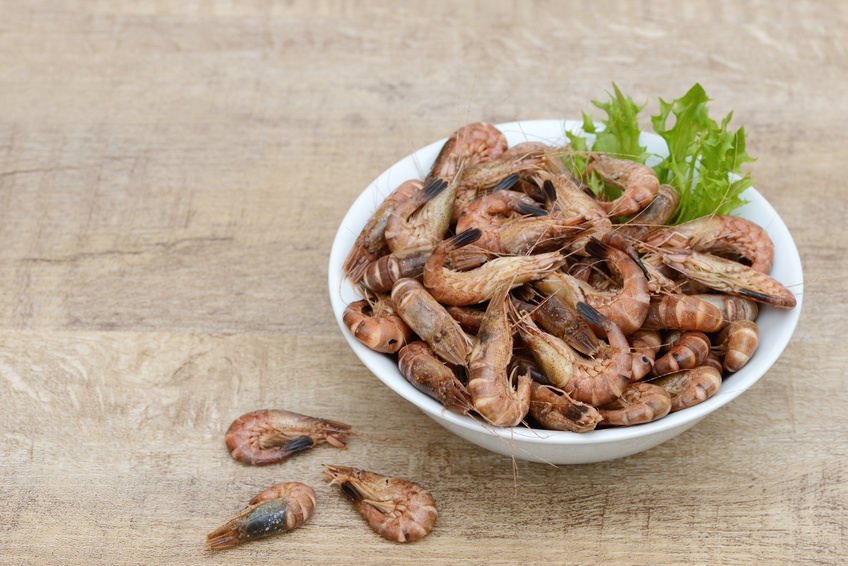
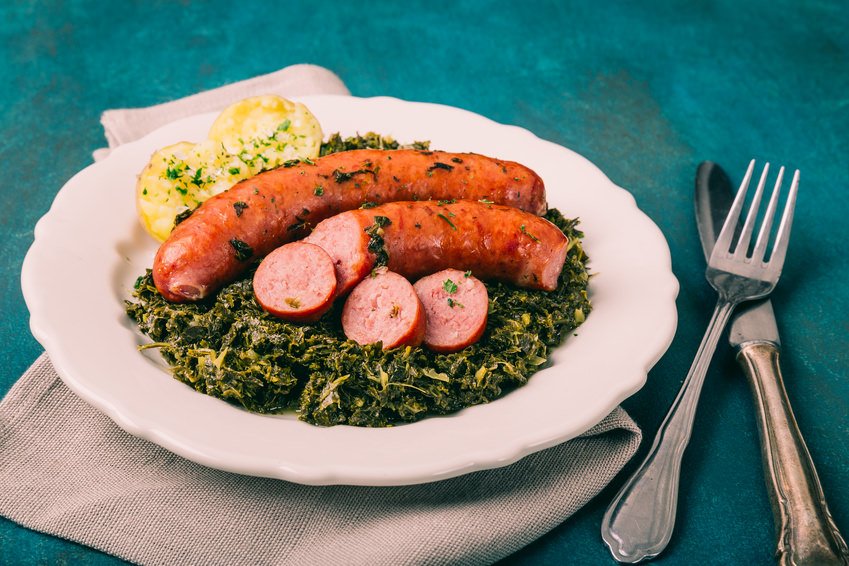
If you enjoy discovering new drinks during your travels, you will be pleased to know that the North Sea region has a great variety of beers, liqueurs, and other beverages on offer. Some typical drinks from this region include:
- Beers: Flensburger Pilsener, Dithmarscher Pilsener, St Michaelis, Bolkstoff, and Hansens Bock.
- Liqueurs and spirits: Korn, a strong spirit made from cereal and often drank with beer or mixed with other alcoholic drinks; and Sinbohntjesopp, a homemade liqueur made with raisins and brandy.
- Other drinks: Pharisee, which combines coffee, rum, and whipped cream; Tote Tante, a delicious concoction made with chocolate, rum and cream.

Active Holidays
The North Sea is the ideal destination for an active holiday. If you are into cycling, why not consider following the Baltic Coast Trail? This scenic ride will take you from the bustling streets of Flensburg to the peaceful island of Usedom. You can also have a go at the Elbe Route, which follows the banks of Germany’s second longest river, or discover the fjords and flood plains near St Peter-Ording by cycling along the Viking-Frisian Route.
Hikers will also be spoilt for choice, especially in the designated hiking trails around the Schlei Estuary and in the Hallig reserve. And of course, there are plenty of opportunities to go horse riding, golfing, kayaking, and more.
Start planning your trip today and find your remote coastal paradise in Germany’s North Sea.


